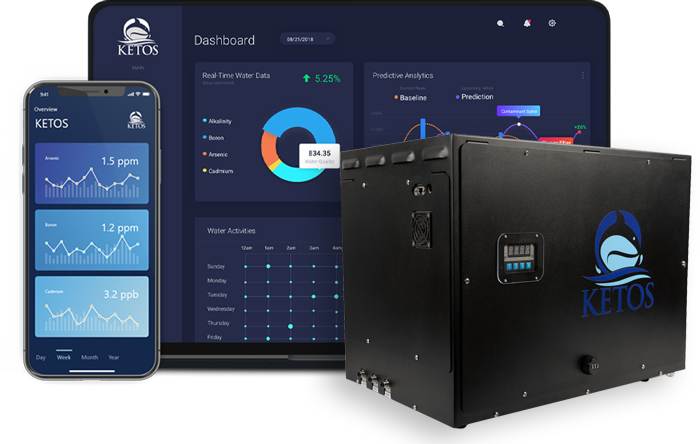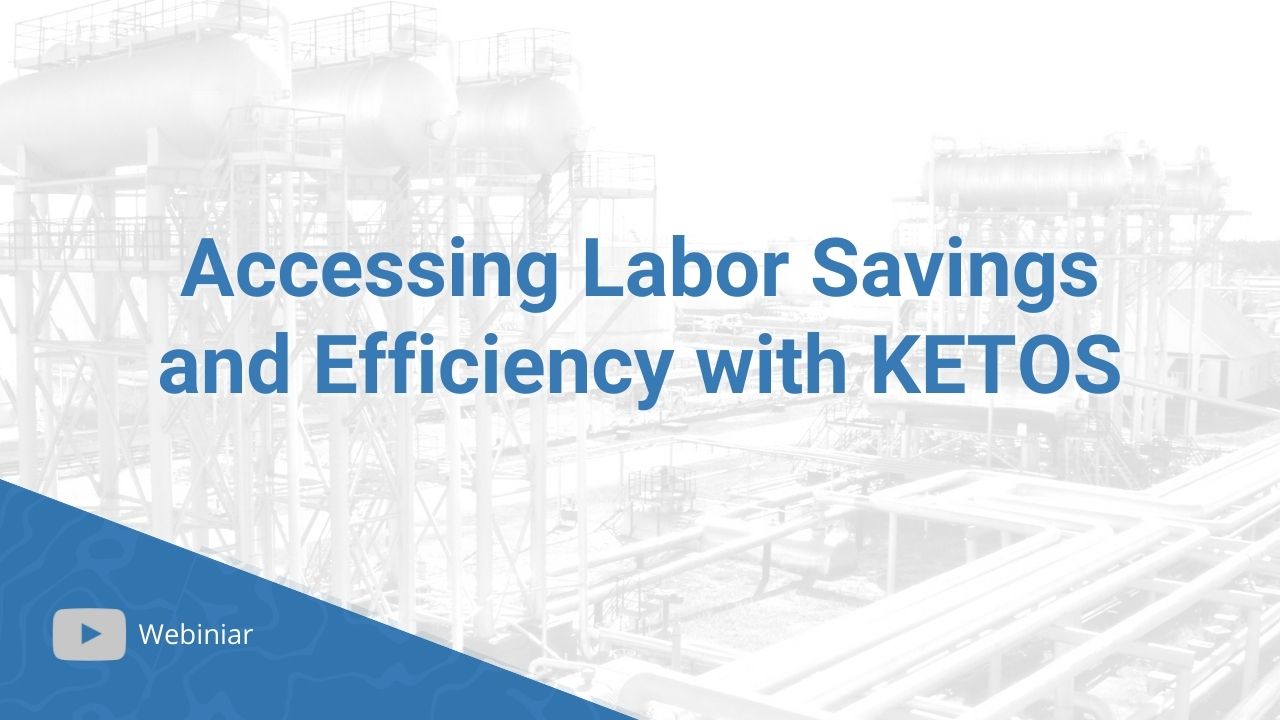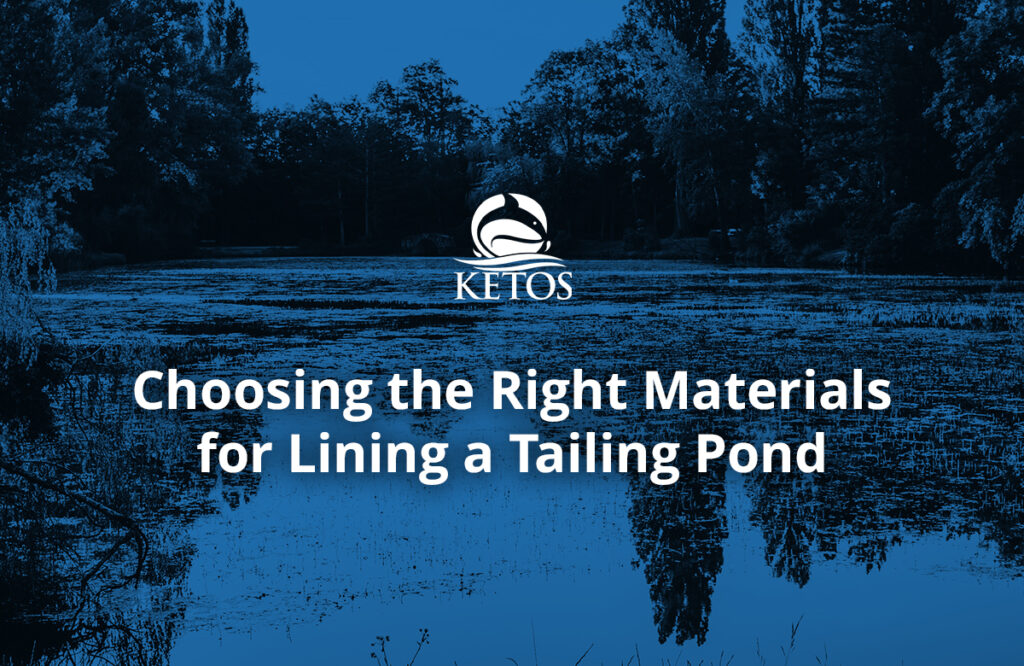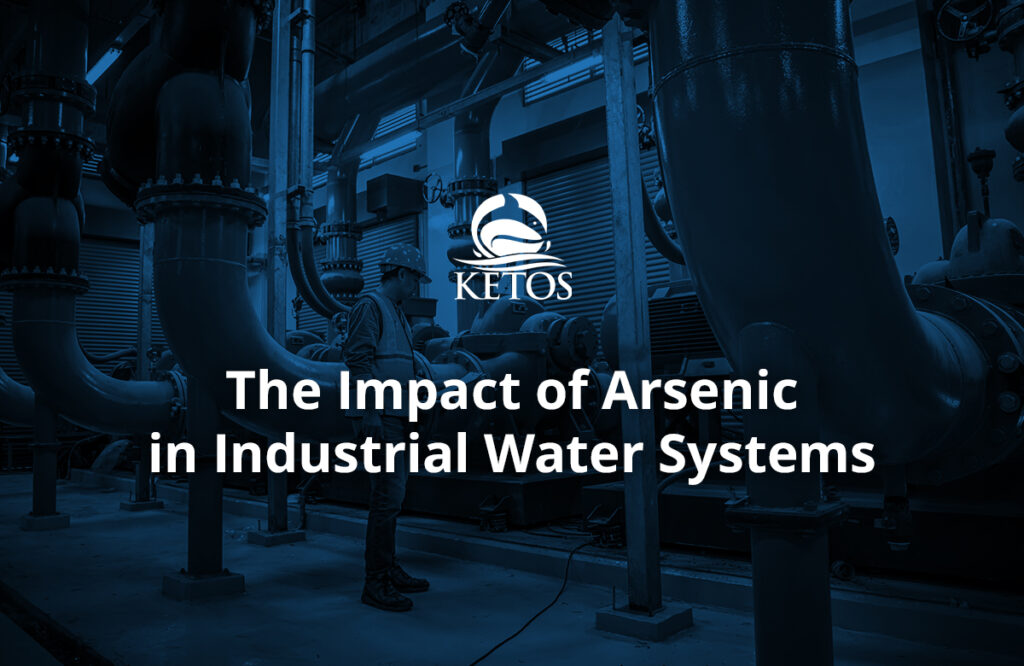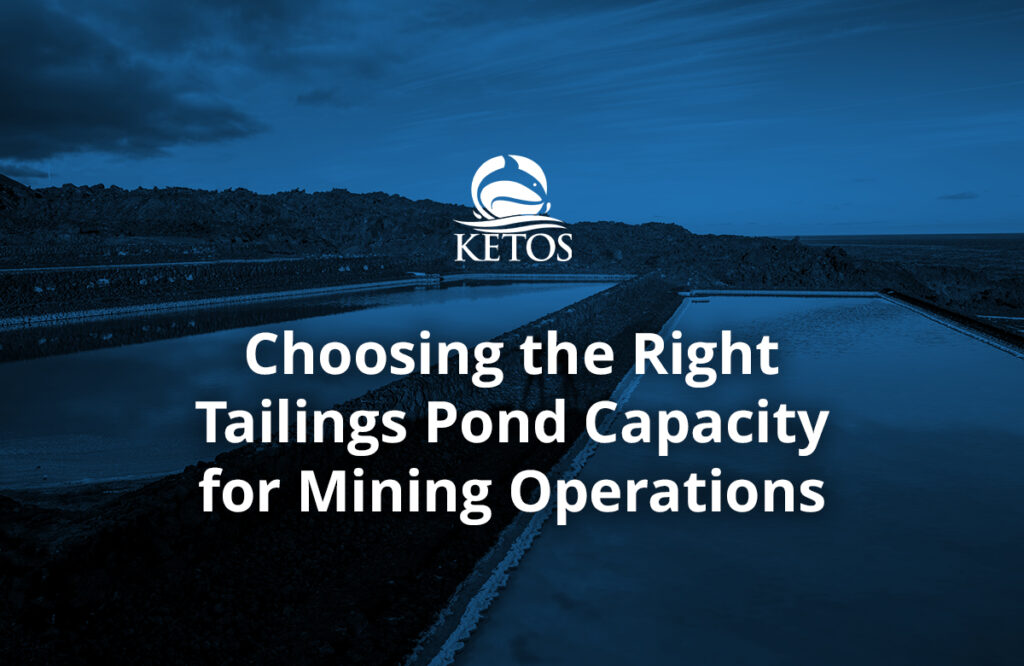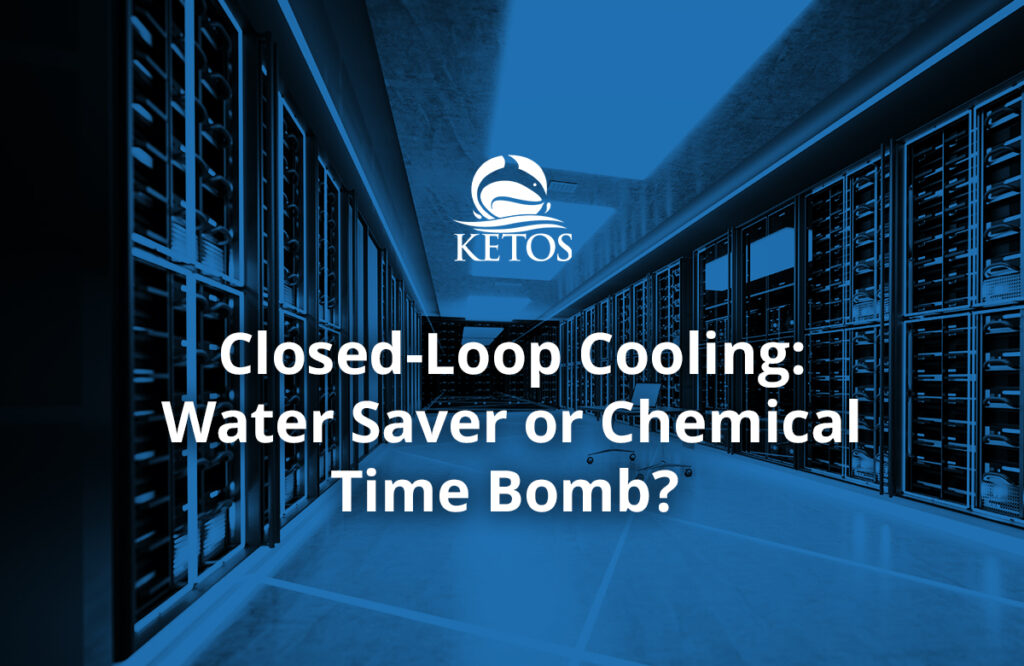In a recent KETOS webinar, we spoke with Breakwater Energy about their experience using KETOS within their oil and gas operations. While there was much upside to installing the KETOS SHIELD on-site, their significant advantage was the labor savings and efficiency unlocked by the KETOS hardware/software solution.
The potential labor savings were what initially drew Breakwater to KETOS. They installed the automated KETOS system in tandem with a semi-automated new treatment system. Their semi-automated treatment infrastructure could detect water flow and kick on chemical pumps to dose the water as needed; however, the reason it was semi-automated was that they felt they needed to have a person there to run regular water quality tests to verify the proper dosing and to ensure Breakwater was hitting its KPIs.
KETOS has enabled the organization to remove that human element from its project. While the staff remains part of a larger project, they can work on other areas and not be side-tracked with continuous manual testing requirements. Instead of relying on 24/7 human coverage, the company can instead rely on accurate, lab-quality automated data that helps them keep an eye on their water without the need to grab samples physically.
The Limitations of Human Interventions in Water Sampling
Like Breakwater, many organizations need constant water sampling, sometimes around the clock. Pre-automation meant having personnel on-site 24 hours a day, seven days a week.
Sampling often takes time and requires specific protocols that go beyond just pulling samples. For some organizations, it may mean using expensive hand-held equipment that must be carefully cleaned and calibrated to ensure accurate readings. In addition, other companies must ensure protocols around the handling of sampling have proper hand-off procedures to ensure the integrity of the sample pre-and post-test. This may require logging, time stamps, and signatures showcasing protocols.
Often, third-party labs may need to come into play as well. For example, collected samples sent to labs increase the cost to organizations while also slowing down the flow of information, as data must first be collected and then translated to show the company if its water is within allowed thresholds.
Finding out water quality readings when third-party labs are involved also means companies are playing catch-up with their data. If something is off, they can only react to results instead of proactively calibrating to avoid parameters running too low – or too high.
Automating Water Sampling Saves Time and Improves Efficiencies
Automation through a self-cleaning, self-calibrating on-site device takes care of many of these issues. Companies can test for water quality at regular intervals and set the parameters they’re watching and the thresholds they require so that their water quality is exactly where it needs to be 365 days a year. As a fully automated system, staff doesn’t have to be on-site to run tests or collect samples. Instead, data is collected on time, every time, free of human intervention, with results sent directly to a secure cloud. That means water operators, whether on or off-site, can get up-to-the-minute water data in their hands to deal with issues as they arise instead of days (or even weeks) after a test.
Water quality automation also frees up human resources. Personnel traditionally required to be on-site to run tests, collect samples, or maintain equipment are no longer needed. This allows many companies to increase efficiency in their workforce and helps to remove minutes or hours of daily labor from their books. Automation will enable employees to focus on other tasks, and managers can observe and advise even if they are off-site, as all of the information they need concerning water quality is securely accessible via cloud-enabled easy-to-read dashboards.
KETOS: Helping Companies Automate Faster
Much like Breakwater Energy, many companies are looking for ways to create more efficient, timely water monitoring processes. While Breakwater initiated its KETOS system in tandem with an updated treatment system, companies don’t have to wait for new infrastructure initiatives to begin using KETOS. As a modular system, KETOS can plug into any existing infrastructure. It’s interoperable and can work with other embedded systems (like SCADA technology). While it can monitor for 30+ parameters, including heavy metals and environmental factors, it can also consolidate reading across other equipment to provide companies with one source of truth. Everything is automated, from the sample tests to the calibration and cleaning. That means companies can focus personnel on other areas of the business. The result: less human intervention and more timely, accurate water data to help your company stay on top of external/internal requirements (and regulations).
